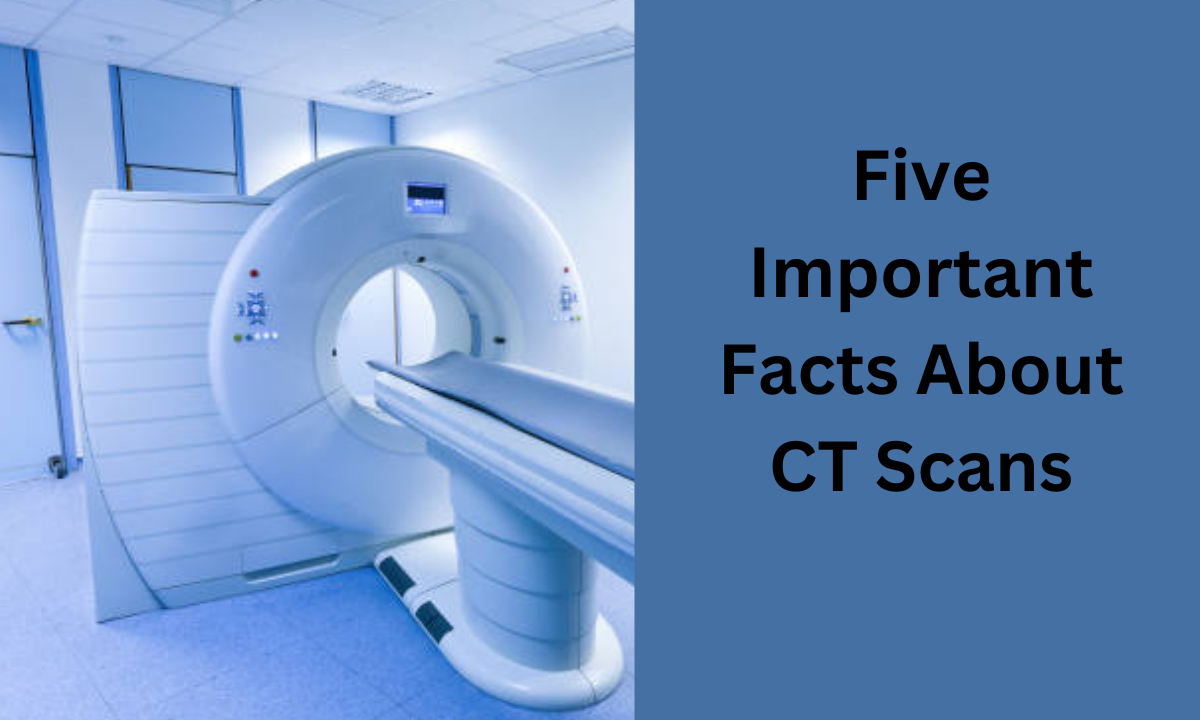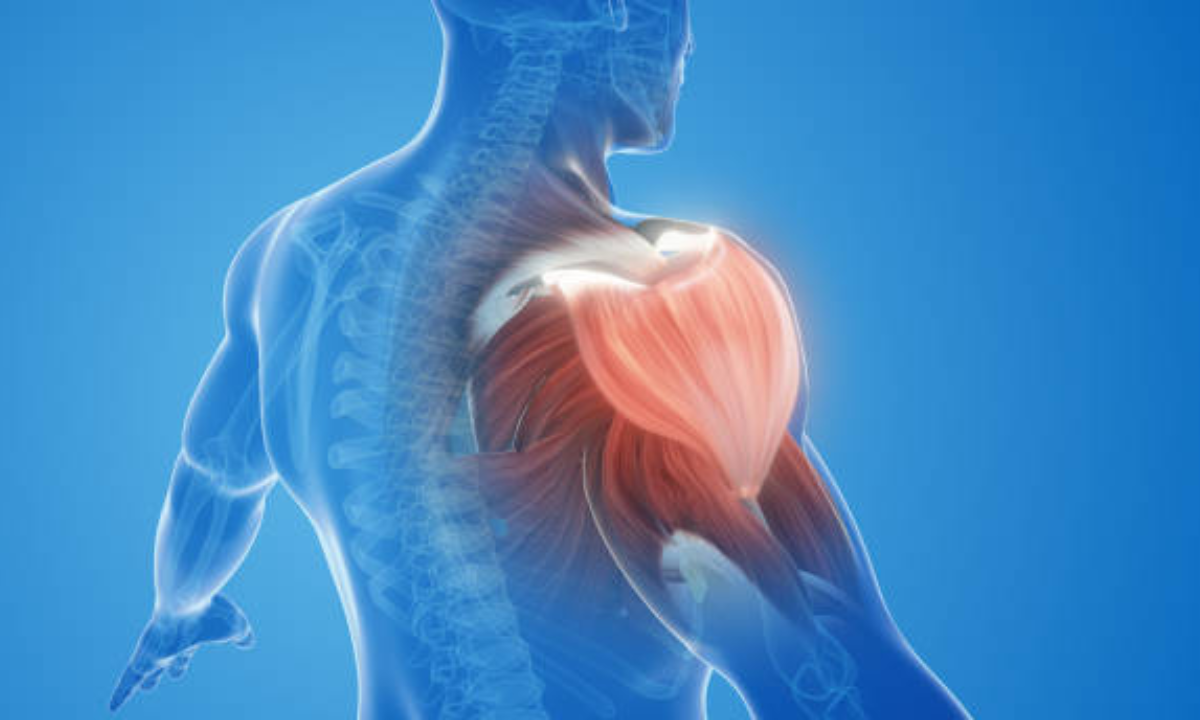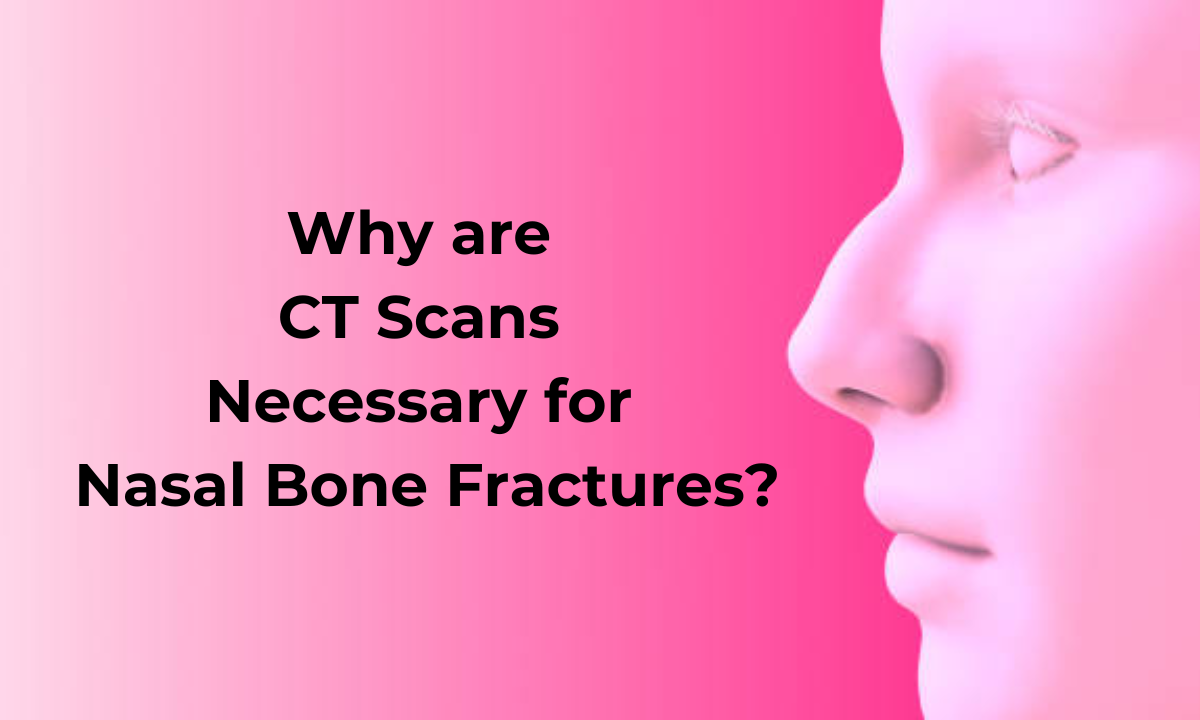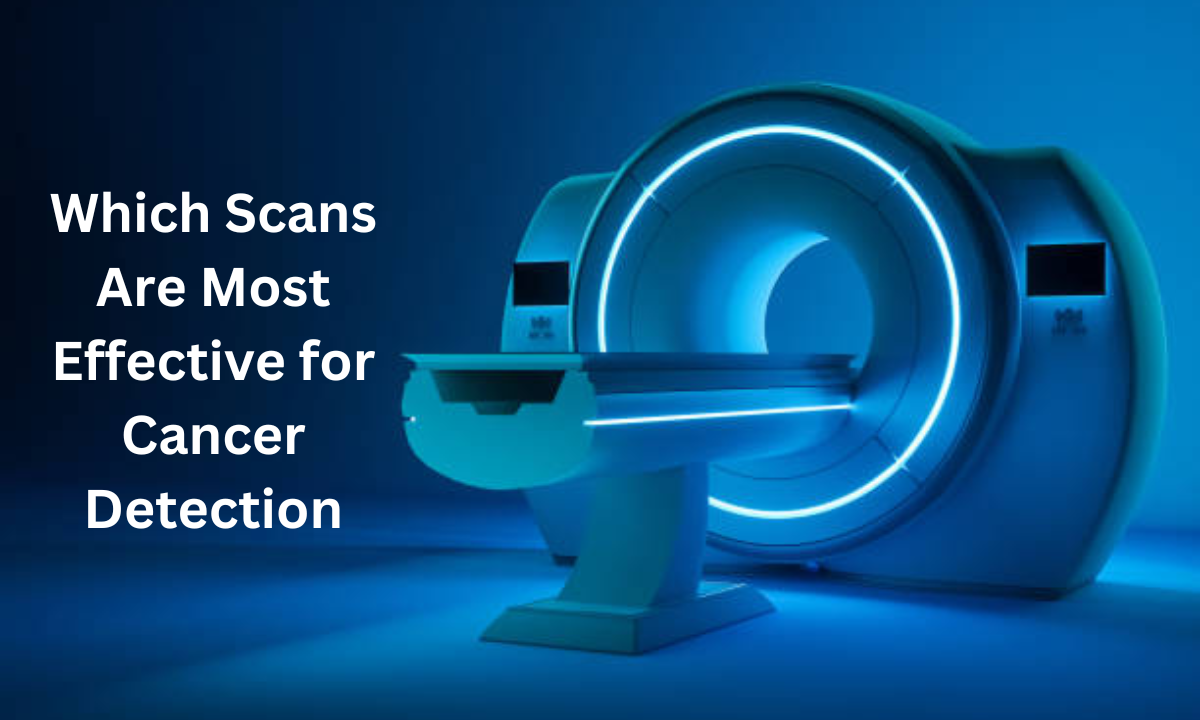Specialised CT Scan Imaging
Computed Tomography or CT scan is a new-age imaging technique that emerges from combining X-ray imaging modality and computer technology. It is even more effective than conventional X-ray methods as the CT scan obtains images across multiple angles where the X-ray tube rotates across the body in a circular fashion to cover the body’s details and specifications, resulting in a 2-dimensional image. This level of detailing has improved healthcare diagnosis by a great level. Effective diagnosis leads to better medical interventions and treatment plans, thus accelerating the global health status.
CT scans are also non-invasive measures, thus come with no pain and minimal side effects. They are usually suggested for different conditions and locations of the body. These scans are specialised in obtaining ultra-specific and accurate images of the structural features of the body. The images obtained through X-ray mechanisms are further processed on a computer, where the AI-empowered software, performs a pattern-matching process to look for any anatomical differences, damages, ruptures or outgrowths. Often, these anatomical changes can be the precursors or determining symptoms for early diagnosis of conditions even before they begin to show observable symptoms.
Right from the head to the toe, CT scans are designed to draw images from even the most minute parts of the body. CT scans for the brain, CT scan of neck, CT scan of the chest, CT scans for the back, abdominal CT scans, CT scan for the pelvic region, CT scans for the limbs and overall body CT scan are some of the prominent scans performed to track various conditions. In this blog, we shall get into the details of a CT scan for the spine.
Understanding The Human Spine
The skeletal system of the body is an anatomical framework that keeps the muscles and tissues of the body in place. It also safeguards internal organs and nerve networks, like the skull that protects the brain. Additionally, they also provide structure and stability to the body. The vertebrae or the spine is one of the defining features of a skeletal system. This provides support and shape to the back, and is a necessary part of human evolution, enabling the body to be held upright and sturdy. The flexibility among the different elements of the spine helps in processes like bending, curling and other day-to-day activities. These structural elements are thoroughly studied under a CT scan for the spine.
It is necessary to know the important regions of the spine or the human vertebra before we begin to understand the functions of a CT scan for the back. The human vertebra is divided into 5 regions, mentioned below:
- Cervical spine: It is found in the neck areaand , is made up of 7 vertebral units. It offers flexibility, bears the weight of the head, and safeguards the spinal cord that passes through the spinal canal.
- Thoracic Spine: The thoracic spine, which has 12 vertebrae, is found in the chest region. The ribs are attached to this part of the spine, which gives the organs in the chest cavity stability and security.
- Lumbar Spine: Consisting of 5 vertebrae, the lumbar spine is located in the lower back. The lumbar area supports and stabilises the upper body while lifting and bending. It also carries the weight of the upper body. This region covers most parts of the reproductive and digestive systems and a specialised CT scan for the lumbar spine can be helpful to detect any issues.
- Sacral Spine: The sacral spine is located at the base of the spine and consists of 5 fused vertebrae. The sacrum provides stability and transmits the weight of the upper body to the pelvis and lower limbs.
- Coccygeal Spine: The coccygeal spine, also known as the tailbone, is situated at the very bottom of the vertebral column. It consists of 3-5 fused coccygeal vertebrae. The coccyx provides attachment points for ligaments and muscles and plays a role in supporting the body in a seated position.
The various regions of the spine work together to support the body’s weight, protect the spinal cord, and enable movement and flexibility.
How Are The Findings Of A CT Scan For The Spine Useful?
CT scans for the spine are effective in obtaining cross-sectional images and hence able to detect and diagnose:
- Bone Abnormalities: These scans can detect tumours, fractures, density loss and other structural differences even in minute processes and structures in the spine.
- Surgical Planning: The detailed images produced in a CT scan can help in aiding and planning complex surgeries. It helps to understand the pathology, study the surrounding structures and pick the most suited approach.
- Spinal Alignment: The vertebral column is placed in a particular way and any difference can lead to conditions like scoliosis or kyphosis, which is detected in a CT scan of back.
- Trauma: Spinal trauma due to accidents or strain can be studied with a CT scan of the spine. This can help study if there are any spine damages or spinal cord compressions.
- Visualising Disc Herniation: CT scans can offer detailed pictures of the intervertebral discs, enabling the detection and evaluation of disc herniation. The impact of the herniation on surrounding nerve roots or the spinal cord can be ascertained using this information, as well as the herniation’s location and size.
- The issues in specific region in the vertebral column can also be detected as there are CT scan for the lumbar spine, cervical, thoracic and more.
Conclusion
The CT scan for the spine has effective applications in determining different conditions of the vertebral column and the spinal cord. It is a safe procedure and with minimal to no side-effects. The CT Scan for the Back is highly result-oriented as it obtains detailed and precise imaging of the targeted location. The multiplanar images also help the doctors and specialists to diagnose any abnormalities or differences and devise effective treatment plans that have major success rates. Kiran PET-CT scan centre in Bangalore is one of the leading diagnostic centres in the city that has a range of imaging facilities for specific location of the body including a CT scan for the spine. Get in touch with Kiran Centre for more queries and information.






